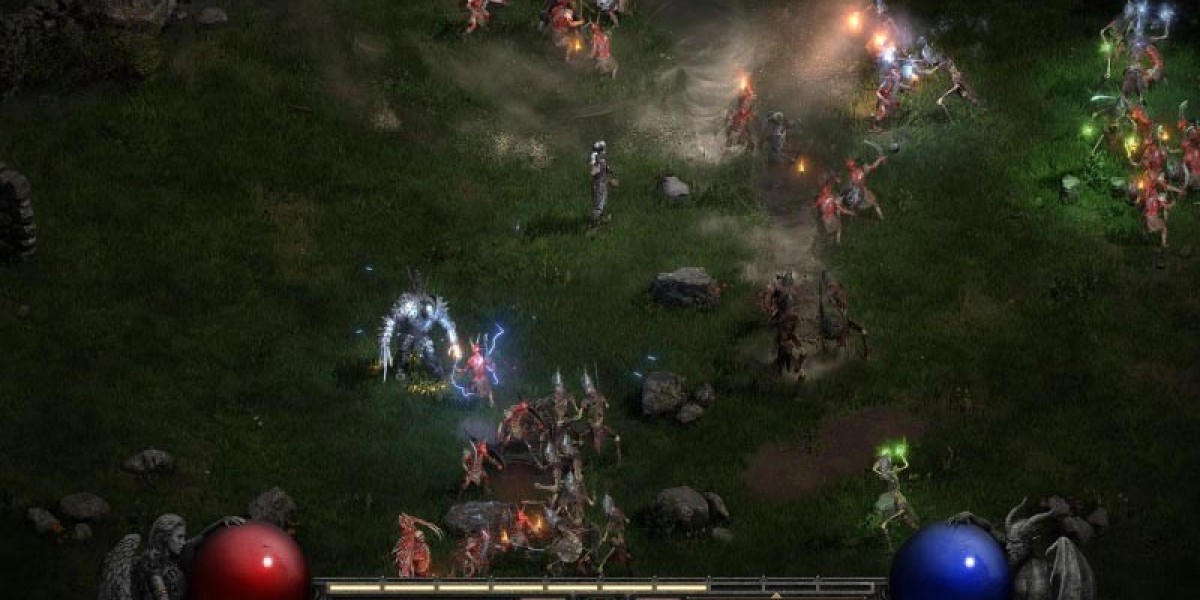Introduction
Language is always evolving, and in today’s digital age, that change is happening faster than ever. With the rise of social media, text messaging, and informal online communication, traditional grammar rules have been stretched, bent, and sometimes broken. For online grammar checker to stay relevant, they must adapt to these modern language trends, including slang and casual usage. But how are they managing this challenge? Let's explore the ways these tools are evolving to keep up with the fast-changing landscape of language.
The Rise of Slang and Modern Language in Digital Spaces
If you've spent any time on social media or in group chats, you've probably noticed how language is constantly shifting. Slang terms, abbreviations, and casual phrases dominate conversations, often replacing more formal expressions. Words like "lit," "fam," or "YOLO" have entered mainstream communication, and what was once considered improper is now a part of everyday speech.
This evolution is largely driven by digital platforms, where quick, informal communication is the norm. Whether through tweets, Instagram captions, or TikTok comments, online users constantly create and adapt new words. As a result, grammar checkers have been forced to reconsider what constitutes "correct" language.
Challenges Faced by Grammar Checkers
One of the biggest challenges for grammar tools is distinguishing between traditional grammar rules and the fluidity of modern language. For instance, a sentence like "That party was lit" would typically be flagged by older grammar systems as incorrect because of the word "lit." However, in contemporary usage, "lit" is widely recognized as slang for "exciting" or "fun."
Another issue arises when these checkers attempt to differentiate between formal and informal language contexts. In professional settings, users expect strict adherence to traditional grammar rules, whereas in casual conversation, there is more flexibility. Balancing these two aspects without overcorrecting is a significant hurdle.
Adapting to Modern Usage: Key Technological Changes
The secret behind the adaptability of modern grammar checkers lies in the advancements in artificial intelligence (AI) and machine learning. These technologies enable the software to continuously learn from the vast amounts of language data generated online. AI systems are now capable of recognizing patterns in language, including slang and modern usage, and updating their algorithms in real-time.
Machine learning models, especially those trained on social media and informal text corpora, have become essential in enabling grammar tools to recognize slang as legitimate language. As the models evolve, they can better predict and correct language based on the context of the sentence rather than rigid grammatical rules.
How Grammar Checkers Are Learning to Identify Slang
Identifying slang is no easy feat. Slang terms vary across regions, communities, and even generations. To stay current, grammar checkers now incorporate slang detection algorithms that can recognize new words and phrases as they emerge. These systems rely on vast databases of user-generated content, which are continuously updated with new slang.
For example, if a user types a phrase like "That’s fire" to describe something impressive, modern grammar checkers understand that "fire" in this context refers to something good, not the literal meaning of flames. This adaptability comes from analyzing large datasets of modern language usage and applying AI models that understand the evolving meanings behind words.
The Role of Machine Learning in Understanding Context
Context is king when it comes to language. A word or phrase that is appropriate in one context might be completely out of place in another. Modern grammar checkers have become more sophisticated at understanding these nuances, ensuring that they don't flag slang as an error if it fits the conversation's tone and style.
For example, using "gonna" instead of "going to" may be perfectly acceptable in an informal email, but not in a formal academic paper. Machine learning helps these tools understand the context in which slang or modern usage is appropriate, significantly improving their accuracy.
Recognizing Regional and Cultural Variations
Slang is often localized, meaning a term that's popular in one country might not make sense in another. Grammar checkers have begun to account for these regional and cultural variations. For example, British slang like "cheeky" or "knackered" might be recognized differently from American slang like "dope" or "sick."
By integrating diverse linguistic data from various regions, these tools can adapt their corrections based on the user’s location or cultural context. This not only enhances the accuracy of their suggestions but also respects the diversity of language.
The Evolution of Grammar: Formal vs. Informal Writing
The line between formal and informal writing is becoming increasingly blurred, especially in digital communication. Emails, once strictly formal, are now often written in a conversational tone. Grammar checkers are adapting by offering different modes for different writing styles. Users can now toggle between formal and casual settings, allowing the tool to provide more relevant suggestions based on the writing context.
Modern Usage and the Growth of Hybrid Language
One trend that’s shaping modern grammar tools is the growth of hybrid language—mixing languages in a single sentence. This phenomenon is especially common in multilingual communities where speakers frequently switch between languages. Grammar checkers are evolving to handle these situations, offering support for bilingual or hybrid sentences without flagging them as incorrect.
How Grammar Tools Handle Abbreviations and Shortened Words
In fast-paced digital conversations, abbreviations like "lol," "brb," and "btw" have become standard. Modern grammar checkers now recognize these terms and no longer mark them as errors. This recognition reflects the changing norms of digital communication, where brevity often takes precedence over strict grammar rules.
Real-Time Adaptation: Keeping Up with Language Trends
To stay relevant, grammar checkers must continually update their language databases. Modern tools can now integrate real-time updates, ensuring that they recognize newly popularized terms and slang as they emerge. Whether it's a trendy word from TikTok or a fresh meme, the best grammar tools are quick to adapt.
The Future of Grammar Checkers: Beyond Just Grammar
While grammar checkers have traditionally focused on grammar and spelling, many are expanding their capabilities to include tone, style, and even cultural sensitivity. Future grammar checkers could become comprehensive writing assistants, helping users maintain a consistent voice, adhere to cultural norms, and even detect emotional cues in writing.
User Input and Community Feedback: Shaping the Future
One of the most effective ways grammar checkers stay up to date is by leveraging user input. Many modern tools allow users to suggest new words or correct misinterpretations. This community feedback is vital for ensuring that grammar checkers remain relevant and accurate in a constantly evolving linguistic landscape.
The Impact of Modern Grammar Checkers on Language Education
Grammar tools aren't just for casual writing; they also play a significant role in language education. By adapting to slang and modern usage, these tools provide learners with a more practical understanding of how language is used today. They offer real-time feedback on both formal and informal writing, helping students and professionals improve their communication skills across multiple contexts







